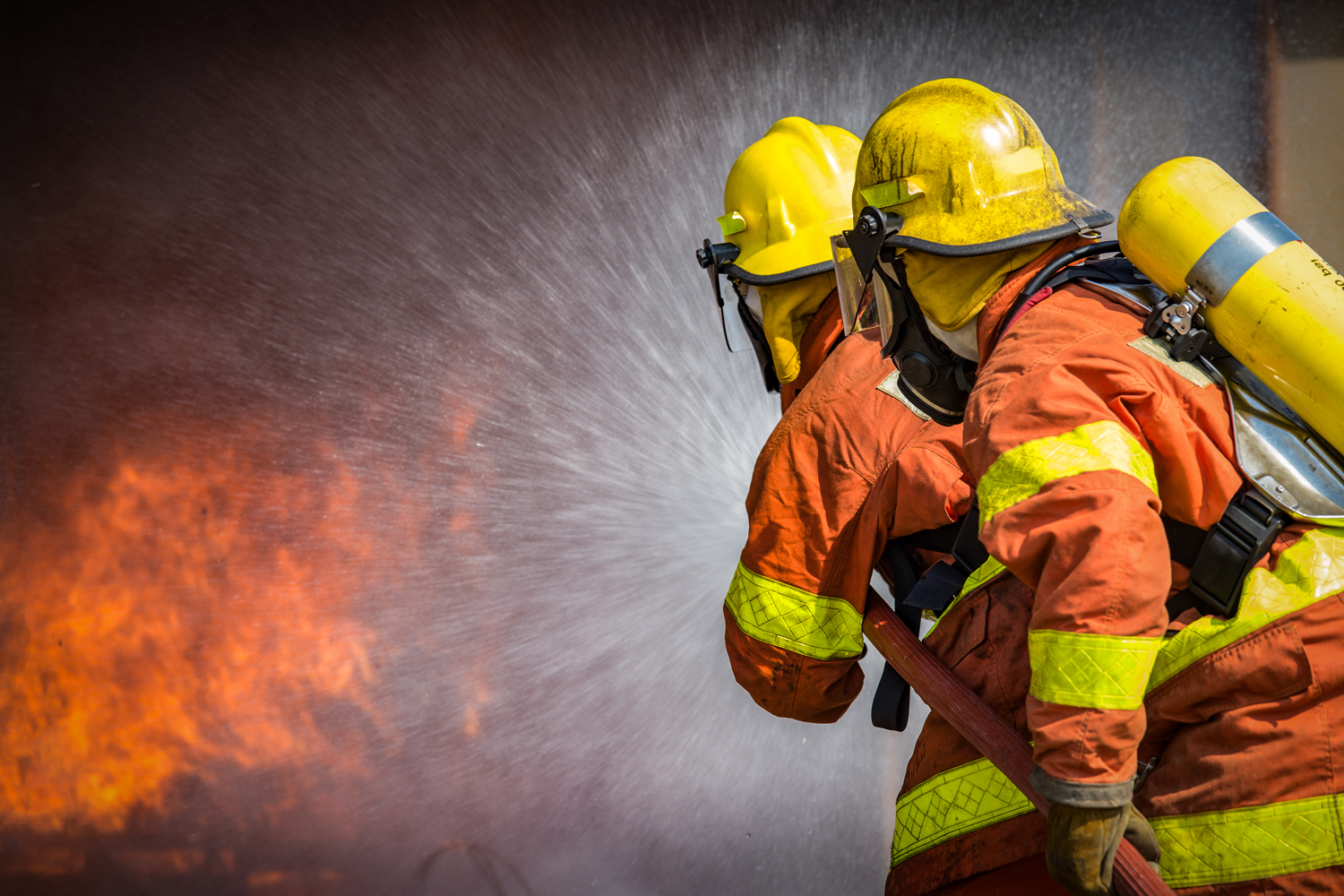Chemicals in Firefighters’ Gear Put Them at Higher Risk of Developing Cancer
Firefighters face danger every time they respond to a call, but some of that danger isn’t from the fires themselves. Another hazard may emanate from the same equipment designed to protect them. PBS NewsHour reported on a growing call to address firefighters’ risk of developing cancer from exposure to toxic chemicals found in their own protective gear and firefighting foam. Both contain perfluorinated chemicals, or PFAS, which are commonly called “forever chemicals” because of how long they take to break down. The International Association of Firefighters has found firefighters have a 14% higher risk of dying from cancer than the average person and are more likely to die from cancer than from fighting fires. Based on these data, the International Firefighters Union in August advised its members to only wear protective equipment when necessary. PBS NewsHour visited San Francisco’s Fire Station 1, where active crew members have been diagnosed with brain, breast and kidney cancers. Matthew Alba, a battalion chief, was diagnosed with brain cancer at age 43 in 2020. “They are treating us as expendable people, and that’s just not acceptable to me,” he said of the companies that make firefighting gear.
Fatigue May Impact Balance Following Breast Cancer Treatment
A recent study found cancer-related fatigue can negatively affect balance in women who have completed treatment for breast cancer. The analysis involved 43 women, all of whom had completed treatment an average of 3.5 years prior. Some experienced cancer-related fatigue, while others did not. Researchers assessed both their static balance—the ability to hold a stationary position—and dynamic balance—the ability to maintain balance when moving. Additionally, they assessed the women’s balance before and after exercise to see the impact of exertion. The study found an association between cancer-related fatigue and poor static balance both before and after exercise. Additionally, survivors with higher cancer-related fatigue had more difficulty balancing while getting up from a seat following exercise compared with survivors with low fatigue. “The vast majority of falls occur during dynamic tasks and transitional movements,” Stephen Wechsler, one of the authors and a rehabilitation sciences researcher at Massachusetts General Hospital in Boston, said in a Healio article. “Therefore, potential changes in the ability of individuals with cancer-related fatigue to perform these dynamic tasks following activity must be taken seriously.”
Prenatal Exposure to Folic Acid, Seizure Medications Associated With Pediatric Cancer
A new study found children of mothers with epilepsy who took folic acid while pregnant had a higher risk of developing pediatric cancer than those of mothers with epilepsy who did not take folic acid. Use of folic acid was not linked to higher cancer risk among children born to mothers without epilepsy. Researchers used data from national registries in Denmark, Norway and Sweden, looking at prescriptions written for expectant mothers between 1997 and 2017. The study involved 27,784 children of mothers with epilepsy, 5,934 of whom were born to mothers prescribed folic acid during pregnancy. During seven years of follow-up, children of mothers who took both folic acid and seizure medications had a 1.5% chance of developing pediatric cancer compared with a 0.6% risk among children of mothers who only took seizure medications, MedPage Today reported. Currently, recommendations say women with epilepsy should take folic acid during pregnancy since antiseizure medications are associated with an increased risk of congenital abnormalities. Folic acid has been proven to reduce the chance of birth defects of the brain, spine and spinal cord. “Results of this study should be considered when the risks and benefits of folic acid supplements for women with epilepsy are discussed and before decisions about optimal dose recommendations are made,” the study authors wrote.
Cancer Today magazine is free to cancer patients, survivors and caregivers who live in the U.S. Subscribe here to receive four issues per year.





